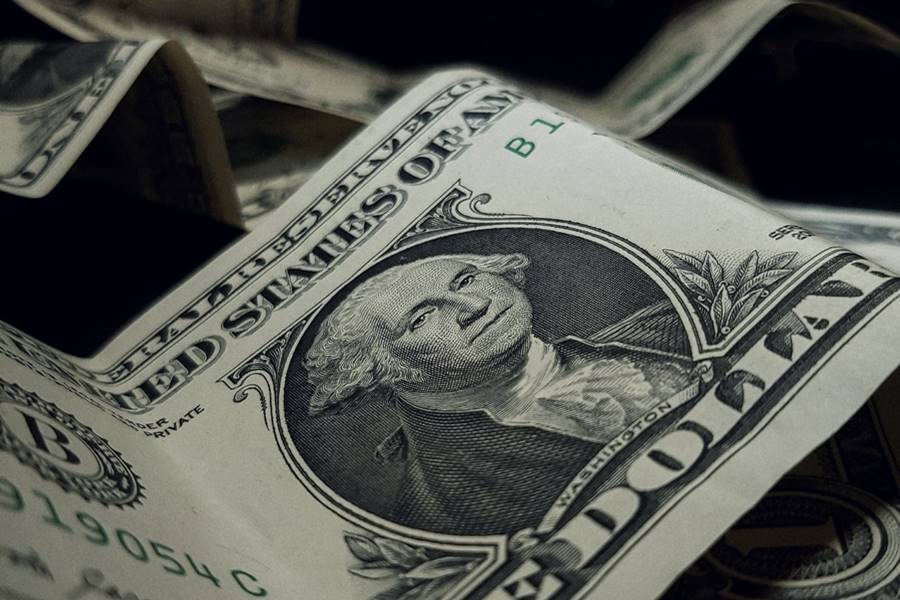New data available from the U.S. Federal Reserve shows that the wealth gap in America has widened and economic inequality increased in 2021 amidst a coronavirus pandemic that has disproportionately impacted low-wage service workers.
After years of decline, the middle class in America currently holds a smaller share of the country’s wealth than the top 1%.
The total assets of the middle 60% of US families by income – a figure economists usually use to represent the middle class – dropped to 26.6 percent of national wealth in June, the lowest level in three decades of Federal Reserve records.
For the first time, the superrich accounted for a bigger percentage of the total, accounting for 27% of the total.
The richest 1% represents around 1.3 million families earning more than $500,000 per year, out of a total population of almost 130 million.
The distribution of wealth in the hands of a small percentage of the population is at the center of several major political conflicts in the country.
President Joe Biden is seeking to assist working- and middle-class families with a $3.5 trillion plan that includes child care, education, and health-care support, all of which will be funded by tax increases on the wealthy.
The data reveal a slow but steady deterioration in middle-class workers’ financial stability, which has fueled voter discontent in recent years.
Despite trillions of dollars in government aid, this persisted throughout the COVID-19 epidemic.
A generation ago, the middle class owned more than 44% of the country’s real estate assets. It has now dropped to 38%.
The epidemic resulted in a surge in home values, which benefited those who already owned real estate. This year, it also resulted in rising rents, which harmed those who cannot afford a home. For the wealthy, the self-feeding loop resulted in more money.
Another reason the middle class’ wealth is eroding is that these families have an outsized and growing amount of non-mortgage consumer debt, which has higher interest rates.
(with agency)
_____________________________________________________________________________
FOLLOW INDEPENDENT PRESS:
TWITTER (CLICK HERE)
https://twitter.com/IpIndependent
FACEBOOK (CLICK HERE)
https://web.facebook.com/ipindependent
Think your friends would be interested? Share this story!





